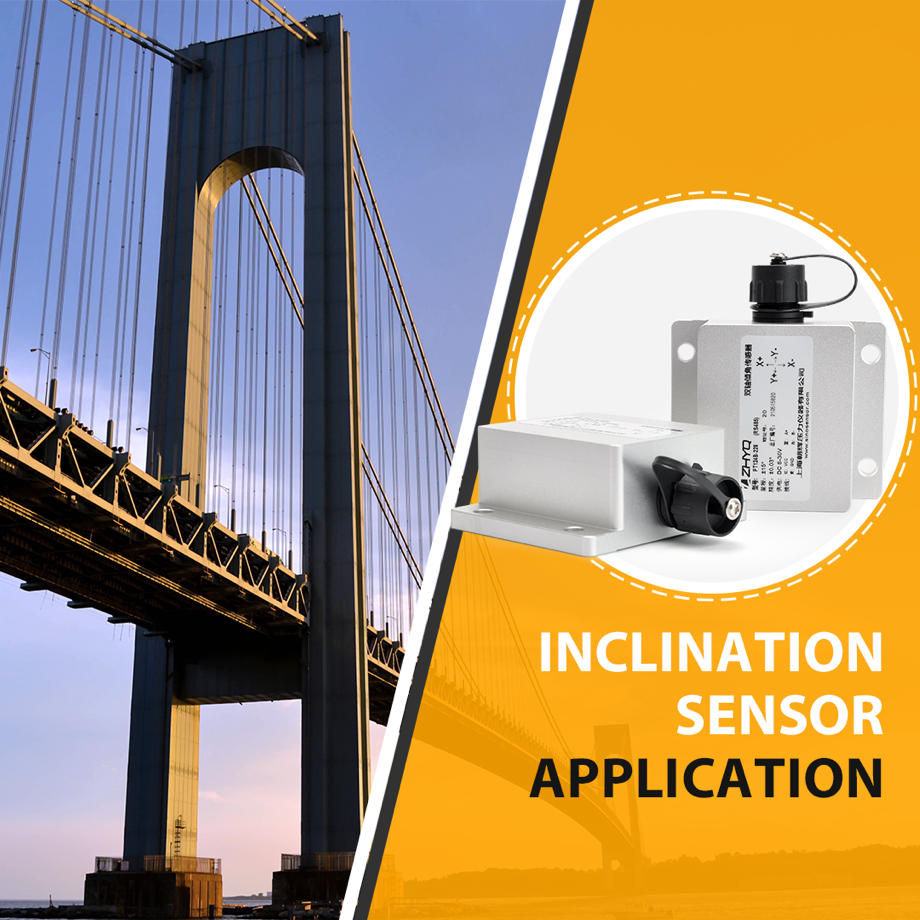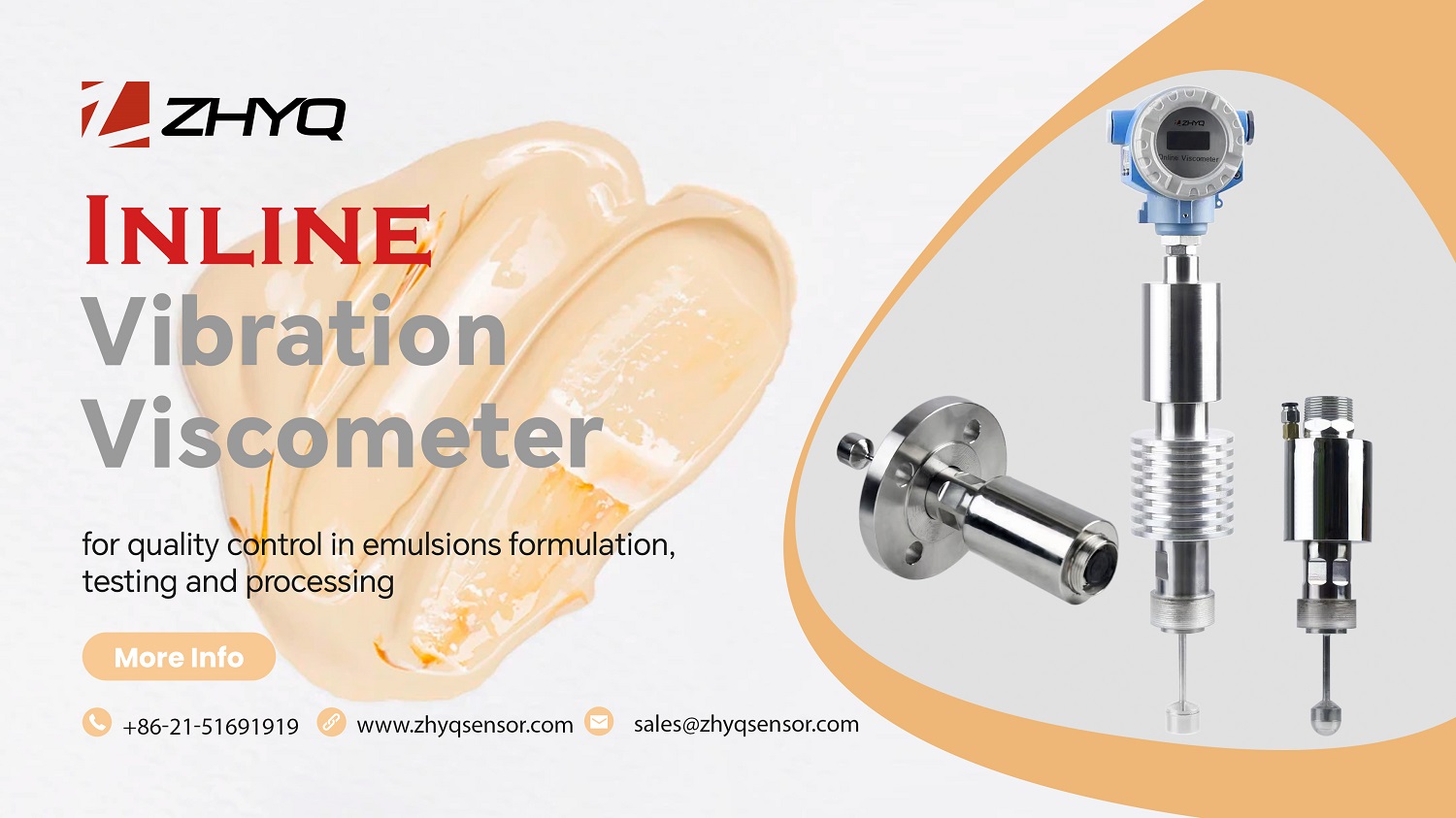
- Pressure Sensor, Pressure Transducer, Pressure Transmitter


- 2024-08-13
- Zhyq
- 196
Principle of Inline Tuning Fork Concentration Meter
Basic properties of tuning forks
A tuning fork is a “U”-shaped metal device that vibrates at a specific frequency when stimulated by an external force. The vibration frequency of a tuning fork is related to its physical properties (such as length, width, thickness, material, etc.) and the surrounding environment.
Working process of inline tuning fork concentration meter
1. Excitation of tuning fork
.The inline tuning fork concentration meter excites the tuning fork through an electromagnetic driver or piezoelectric crystal to make it vibrate.
.The frequency of the excitation signal is usually close to the natural frequency of the tuning fork to ensure that the tuning fork can produce strong vibrations.
2. Vibration of tuning fork in liquid
.When the tuning fork is immersed in the liquid to be measured, the vibration frequency of the tuning fork will change due to factors such as the density and viscosity of the liquid.
.The greater the density and viscosity of the liquid, the stronger the vibration damping effect on the tuning fork, and the lower the vibration frequency of the tuning fork.
3. Frequency measurement
.The inline tuning fork concentration meter detects the vibration frequency of the tuning fork through a sensor (such as a piezoelectric sensor or a capacitive sensor).
.The sensor converts the vibration signal of the tuning fork into an electrical signal, which is then amplified, filtered and frequency measured by the signal processing circuit.
4. Concentration calculation
.Since there is a certain relationship between the vibration frequency of the tuning fork and the concentration of the liquid, the concentration of the liquid can be calculated based on the measured frequency through the pre-established concentration-frequency calibration curve.
Different liquids have different concentration-frequency relationships, so before using the inline tuning fork concentration meter, it needs to be calibrated for the specific liquid.
Factors affecting measurement results
1.Temperature
Temperature has a significant effect on the density and viscosity of the liquid and thus the vibration frequency of the tuning fork. Therefore, when using a tuning fork concentration meter, temperature compensation needs to be performed to ensure the accuracy of the measurement results.
2. Pressure
Changes in pressure may also affect the density and viscosity of the liquid, which in turn affects the vibration frequency of the tuning fork.
When using a tuning fork concentration meter in some high-pressure or vacuum environments, the effect of pressure needs to be considered.
3. Cleanliness of liquid
If the liquid contains impurities or particles, it may affect the vibration of the tuning fork, causing measurement errors. Therefore, it is necessary to ensure the cleanliness of the liquid before measurement.
4. Wear and corrosion of tuning forks
Long-term use may cause wear and corrosion of the tuning fork, affecting its vibration characteristics and measurement accuracy. Therefore, tuning forks need to be inspected and maintained regularly.
In short, the inline tuning fork concentration meter uses the vibration characteristics of the tuning fork to measure the concentration of the liquid. It has the advantages of high accuracy, fast response, and good reliability. It is widely used in chemical, pharmaceutical, food and other industries.
Leave Your Inquiry
Your email address will not be published. Required fields are marked *


